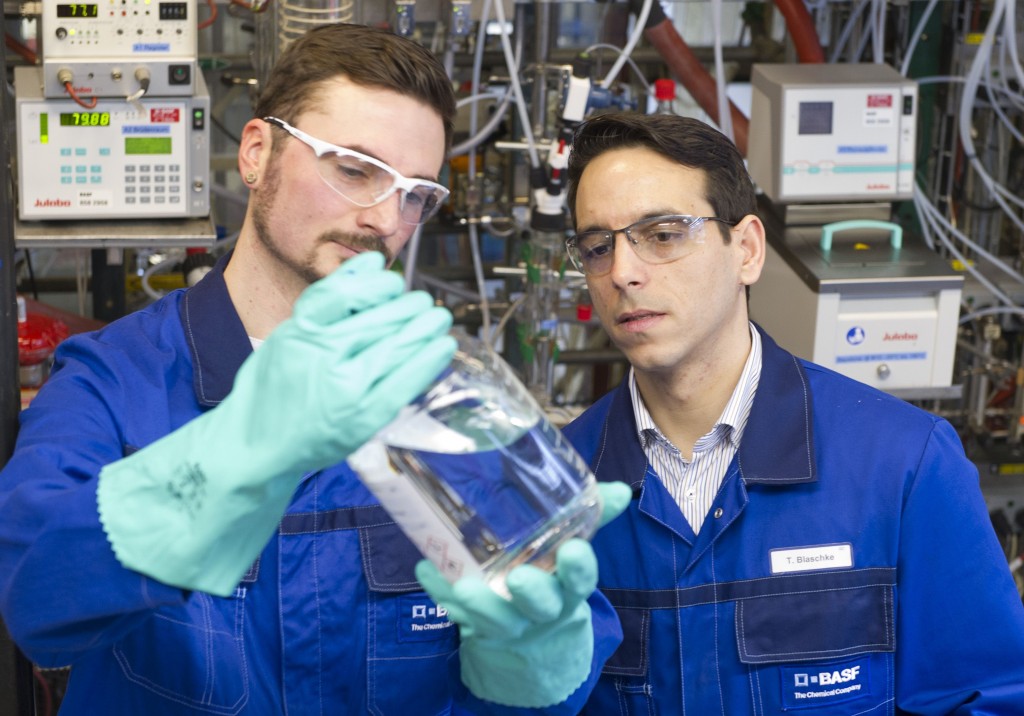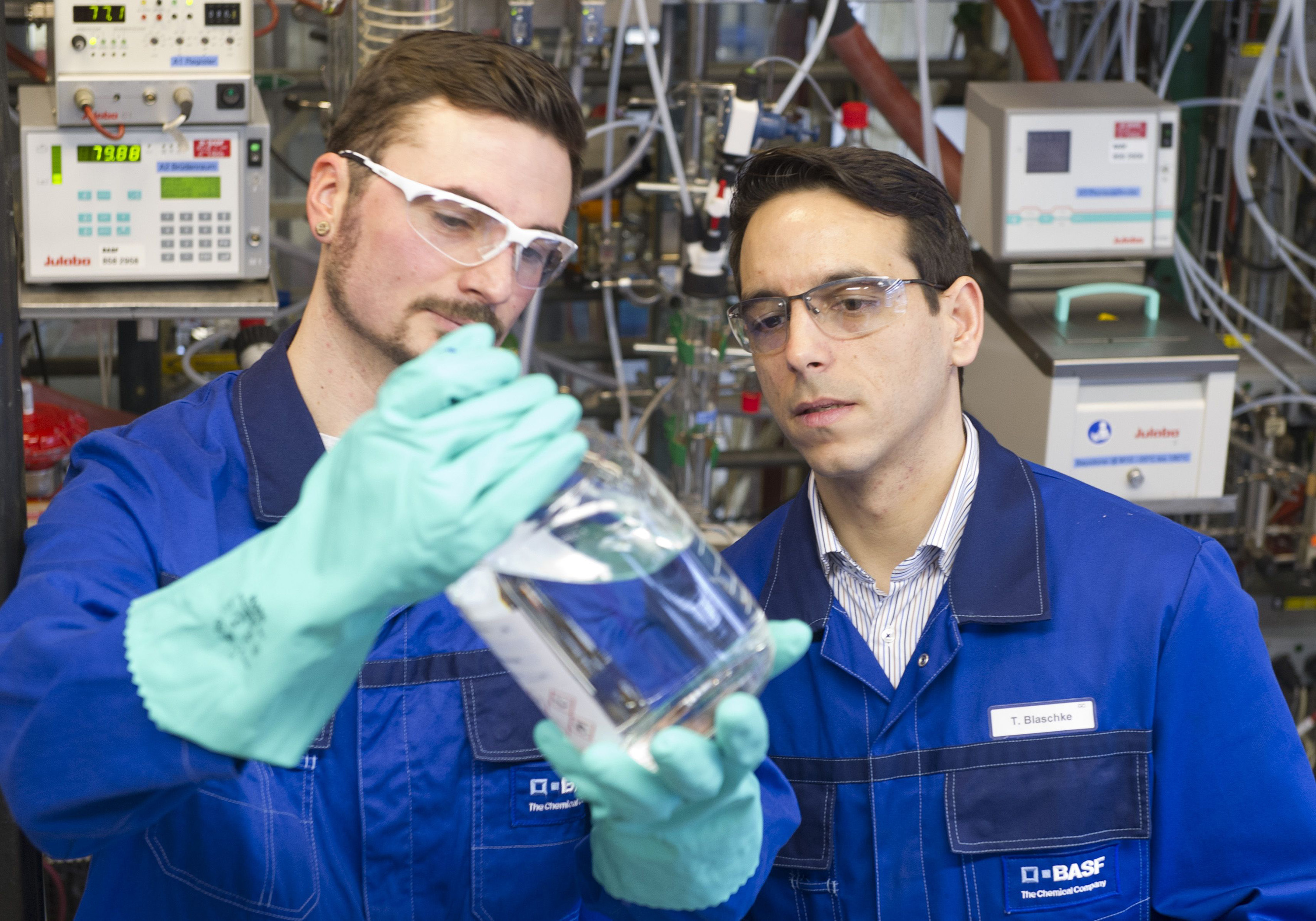Hello blog readers. I just came back from China and will fly tomorrow to St. Charles, Illinois, to give a presentation at Roquette’s Green Chemistry & Fermentation symposium. I will be tweeting via @DGreenblogger on Sept. 16-17 under the hashtag #Roquette. I am keeping my fingers crossed that I am over my jetlag by then. In the meantime, here is an interesting news on bio-acrylic acid that just came out today.
BASF, Cargill and Novozymes announced the achievement of another milestone in their joint development of technologies to produce bio-based acrylic acid. The team has demonstrated the successful conversion of 3-hydroxypropionic acid (3-HP), to glacial acrylic acid and superabsorbent polymers. Moreover they have selected the process for further scale-up.
In August 2012, BASF, Cargill and Novozymes announced their joint agreement to develop a process for the conversion of renewable raw materials into bio-based acrylic acid. In July 2013, the partners successfully demonstrated the production of 3-hydroxypropionic acid (3-HP), one possible precursor to acrylic acid, at pilot scale.
BASF initially plans to use the bio-based acrylic acid to manufacture superabsorbent polymers. Currently, acrylic acid is produced by the oxidation of propylene derived mainly from the refining of crude oil. BASF is the world’s largest producer of acrylic acid, a high-volume chemical that feeds into a broad range of products, including superabsorbent polymers that can soak up large amounts of liquid, used primarily for diapers and other hygiene products.
BASF said the team is now working full force on the set-up of a small integrated pilot plant until the end of this year, operated by Cargill and supported by Novozymes.






One response to “Bio-acrylic acid development milestones”
kindly guid us how to use the pyroligneous acid in agriculture field?